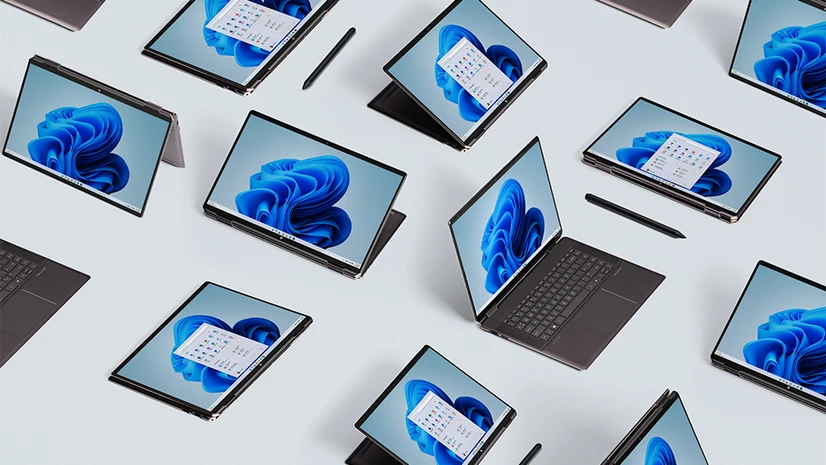Microsoft has unveiled a bold vision for the future of personal computing with its new video titled “Windows 2030 Vision”. The video teases a dramatic evolution in how users will interact with their PCs – shifting away from traditional keyboards and mice in favor of multimodal AI-powered interfaces that include sight, sound, and speech.

The futuristic glimpse was shared by David Weston, Microsoft’s Corporate Vice President of Enterprise and Security, and is expected to be part of an ongoing series that outlines how Microsoft sees the future of Windows evolving over the next five years.
Talking to Your PC Will Be Normal
In the video, Weston opens with a striking statement, “The world of mousing and keyboarding around will feel as alien as it does to Gen Z [using] MS-DOS.” This points to an expected decline in traditional input methods as Microsoft doubles down on AI-driven multimodal interaction – a system where the computer understands what users see, hear, and say, and responds accordingly. Think of it as a Jarvis-like assistant, always present, understanding context, and capable of managing your digital workspace with just a voice command or a glance.
What Does “Multimodal” Windows Look Like?
Weston hints that by 2030, Microsoft’s operating systems will:
- See what users see via cameras or visual context.
- Hear their environment and respond to voice inputs.
- Understand natural language instructions for complex tasks.
- Perform more sophisticated workflows autonomously.
Rather than opening menus or apps manually, users might simply say:
- “Draft an email to my team summarizing this document” or
- “Pull up the latest sales report and schedule a meeting with Bob.”
Microsoft has been laying the groundwork for this transformation for a while. At Build 2023, the company described three layers of AI integration:
- Inside apps – AI tools built into individual applications.
- Beside apps – Copilot-style assistants that work alongside.
- Outside apps – System-level AI that governs the entire OS.
While the third layer, AI outside apps, hasn’t materialized fully yet, this new video clearly suggests it is the next major leap for Microsoft.
The “Windows 2030 Vision” imagines an operating system where AI is the default interface, rather than a feature. Instead of managing tasks by clicking through windows and apps, users will converse naturally with their computers, while the OS intelligently navigates files, runs commands, and adapts to user needs.
With AI-powered browsers already capable of managing tabs and sessions, it’s only natural that the intelligence moves deeper into the OS itself. Microsoft’s Copilot could evolve into a universal digital assistant – available across devices, and across all applications.
Still Conceptual, But Strong Signals
While Microsoft hasn’t officially confirmed a product roadmap based on this video, the signals are clear: The future of Windows is deeply AI-first, multimodal, and built to mimic human interaction rather than traditional point-and-click interfaces.
As the race to build the next-gen AI-powered operating system heats up, Microsoft seems poised to lead the charge with a reimagined Windows experience by 2030.

